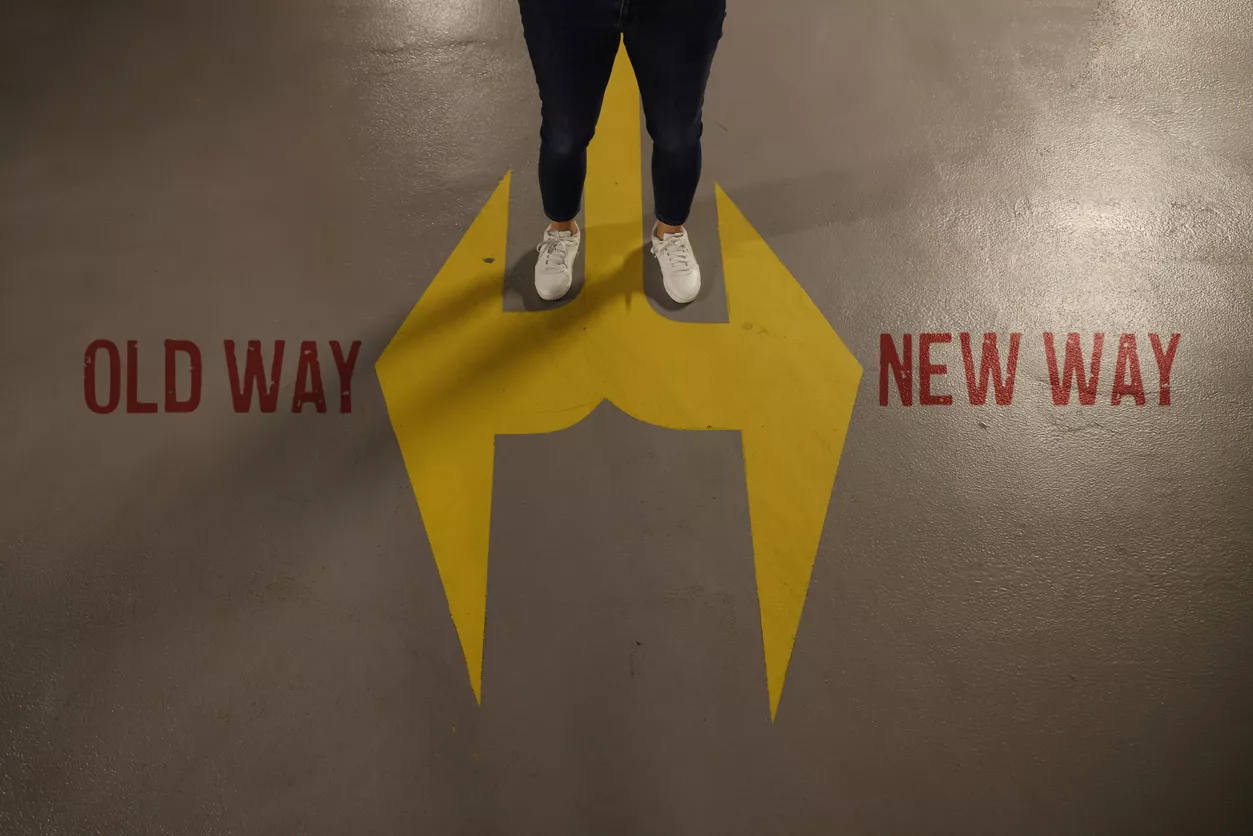
Article
Change That Sticks: Why Change Management Fails Without People
Change is everywhere. Success isn’t. Companies invest millions in marketing technology, hoping for efficiency and innovation. But too often, these transformations hit a wall. Systems go live, but employees stick to old ways. Resistance builds. Productivity dips. The excitement of change fades into frustration.
Digital transformation is as much about people as it is about technology. Without the right approach to change management, even the most advanced tools will not get you the efficiency results.
3 ways to get change management wrong
1. Announcing change is not the same as managing it
Many organisations assume that announcing a change is enough. A town hall meeting, a well-crafted email, or a polished presentation might seem like a strong start, but these efforts rarely translate into actual adoption. Employees need time, clear guidance, and ongoing dialogue to feel genuinely engaged in the process. Without continuous reinforcement, people revert to old habits, and the transformation loses momentum.
2. Alignment comes from the top and the bottom
Leadership alignment is crucial, but it needs to be both top-down and bottom-up. While executives set the vision and direction, real success happens when employees feel involved and empowered. If a transformation is dictated from above without considering employee perspectives, resistance will build. On the other hand, when teams are actively engaged from the start, they gain a sense of ownership, understand the reasoning behind the change, and are far more likely to embrace it.
3. Don’t let your people learn on the go
Many companies also expect employees to learn on the go. They assume that once new tools or processes are introduced, people will naturally adapt. This often leads to frustration, as employees struggle with unfamiliar systems without adequate support. Change adoption only works when organisations provide structured training, mentorship, and time for employees to develop confidence in new ways of working.
3 ways to get change management right
1. Create relevance before change begins
Change is easier to accept when employees see where it’s coming from. How it aligns with the company’s long-term strategic vision and their own day-to-day work. Rather than focusing solely on what is changing, organisations should clearly articulate why the change matters. This means translating high-level strategic goals into tangible benefits for different teams. Employees who understand how transformation can improve their own efficiency, foster more collaboration, or have a large customer impact are far more likely to embrace it.
2. Empower internal ambassadors
Identifying internal change champions is another critical step. These individuals, often respected peers within the organisation are the liaison between leadership and employees. They are your eyes and ears on the ground who will enable the project team, who reinforce the benefits of change and who can address concerns in a way that resonates with their colleagues.
3. Sprint before you run
Breaking change into manageable steps prevents employees from feeling overwhelmed. If people only see the mountain, not the top, they will be hesitant. One approach that works well is structuring change in smaller sprints. Instead of rolling out a massive shift all at once, breaking it down into smaller, more achievable phases allows teams to focus on immediate priorities. Employees feel more in control, small wins build confidence, and teams can adjust along the way.
Making sure change sticks
When we tackle a change management case at The House of Marketing, we go beyond merely implementing the change. We combine best practices with a holistic view on business readiness and business engagement. After a thorough assessment and prep phase, we make sure it sticks. Our experience spans industries, and we have helped many businesses navigate complex transformations. We believe in an approach where leadership alignment meets grassroots involvement, ensuring change is not just decided but truly embraced.
Ignoring change management is a costly mistake. Companies that prioritise people, not just technology, build organisations that can evolve with the market. The question is not whether change is coming, but whether your organisation is prepared to make it stick. Are you leading change, or waiting for resistance to slow you down?
Want to know more about Change Management?